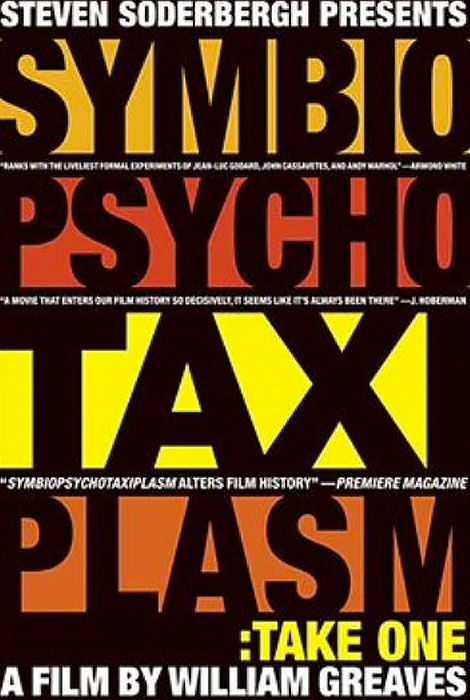
Filmmaker William Greaves was born in New York City to parents from Jamaica and Barbados. Growing up in Harlem, Greaves attended Stuyvesant High School, and after graduating in 1944, attended the City College of New York. Greaves spent 1948 studying under German-born avant-garde filmmaker Hans Richter. After appearing in the musical Finian’s Rainbow, Greaves was invited to join the prestigious Actors Studio in New York, where he trained with Marlon Brando and Shelley Winters. Greaves formed William Greaves Productions in 1964, and soon thereafter began producing his own works. Greaves’ first feature film, Symbiopsychotaxiplasm: Take One, was released in 1968, the same year he began producing television’s Black Journal, a monthly television newsmagazine airing on public television. He has been inducted into the Black Filmmakers Hall of Fame, received a special tribute at the first Black American Independent Film Festival in Paris, and has received an “Indy,” the Life Achievement Award of the Association of Independent Video and Filmmakers. Greaves has been a member of the Actors Studio for fifty-five years and is the chairman of the Film Committee of the Princess Grace Foundation. Greaves and his wife, Louise, resided in New York.
CHECK OUT: William Greaves’s website
Symbiopsychotaxiplasm: Take One

In his one-of-a-kind fiction/documentary hybrid Symbiopsychotaxiplasm Take One, director William Greaves presides over a beleaguered film crew in New York’s Central Park, leaving them to try to figure out what kind of movie they’re making. A couple enacts a break-up scenario over and over, a documentary crew films a crew filming the crew, locals wander casually into the frame: the project defies easy description. Yet this wildly innovative sixties counterculture landmark remains one of the most tightly focused and insightful movies ever made about making movies.
READINGS
“The Daring, Original, and Overlooked ‘Symbiopsychotaxiplasm: Take One’” by Richard Brody
“‘Symbiopsychotaxiplasm: Take One’ Rediscovered” by Scott MacDonald
